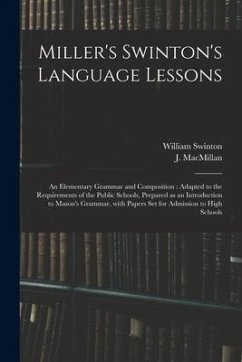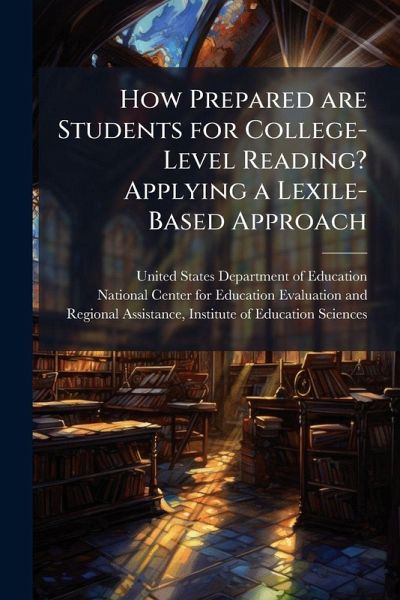
How Prepared are Students for College-Level Reading? Applying a Lexile-Based Approach
Versandkostenfrei!
Versandfertig in über 4 Wochen
14,99 €
inkl. MwSt.

PAYBACK Punkte
7 °P sammeln!
Many students graduate from high school unprepared for the rigorous reading required in entry-level college and career work. This 2006-2011 REL Southwest at Edvance Research Technical Brief, How prepared are subgroups of Texas students for college-level reading? Applying a LexileÂ(R)-based approach, builds on a recent report (Wilkins et al. 2010) that used the Lexile measure to estimate the proportion of Texas grade 11 public school students in 2009 ready for entry-level college reading in English. The previous study examined the overall grade 11 Texas student population; this brief uses the ...
Many students graduate from high school unprepared for the rigorous reading required in entry-level college and career work. This 2006-2011 REL Southwest at Edvance Research Technical Brief, How prepared are subgroups of Texas students for college-level reading? Applying a LexileÂ(R)-based approach, builds on a recent report (Wilkins et al. 2010) that used the Lexile measure to estimate the proportion of Texas grade 11 public school students in 2009 ready for entry-level college reading in English. The previous study examined the overall grade 11 Texas student population; this brief uses the same methodology but disaggregates the data by student subgroup. This work has been selected by scholars as being culturally important, and is part of the knowledge base of civilization as we know it. This work was reproduced from the original artifact, and remains as true to the original work as possible. Therefore, you will see the original copyright references, library stamps (as most of these works have been housed in our most important libraries around the world), and other notations in the work. This work is in the public domain in the United States of America, and possibly other nations. Within the United States, you may freely copy and distribute this work, as no entity (individual or corporate) has a copyright on the body of the work. As a reproduction of a historical artifact, this work may contain missing or blurred pages, poor pictures, errant marks, etc. Scholars believe, and we concur, that this work is important enough to be preserved, reproduced, and made generally available to the public. We appreciate your support of the preservation process, and thank you for being an important part of keeping this knowledge alive and relevant.



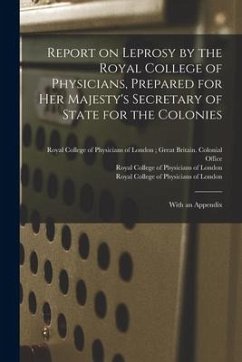
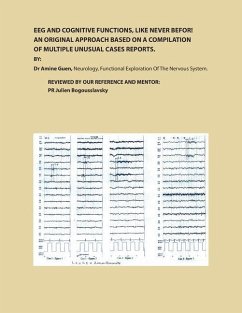
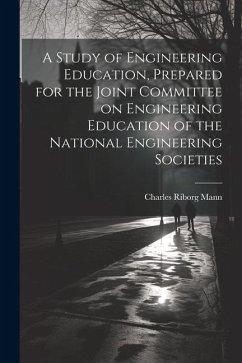
![Memoranda Respecting King's College, at Windsor, in Nova Scotia [microform]: Collected and Prepared for the Purpose of Making Evident the Leading Obje Cover Memoranda Respecting King's College, at Windsor, in Nova Scotia [microform]: Collected and Prepared for the Purpose of Making Evident the Leading Obje](https://bilder.buecher.de/produkte/66/66127/66127178n.jpg)
![Abstract of the Acts of the Province of Nova-Scotia Respecting Schools [microform]: Prepared by Order of the Central Board of Education Cover Abstract of the Acts of the Province of Nova-Scotia Respecting Schools [microform]: Prepared by Order of the Central Board of Education](https://bilder.buecher.de/produkte/66/66133/66133105n.jpg)
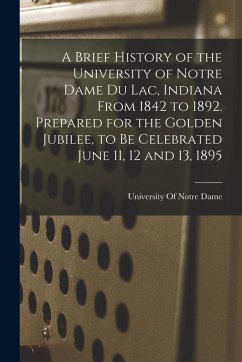
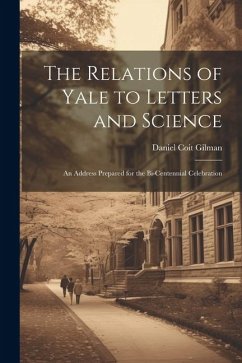
![List of Graduates & Undergraduates [microform]: Prepared for Alma Mater Society's Dinner, Montreal, Jany. 7, 1886 Cover List of Graduates & Undergraduates [microform]: Prepared for Alma Mater Society's Dinner, Montreal, Jany. 7, 1886](https://bilder.buecher.de/produkte/65/65531/65531403n.jpg)
